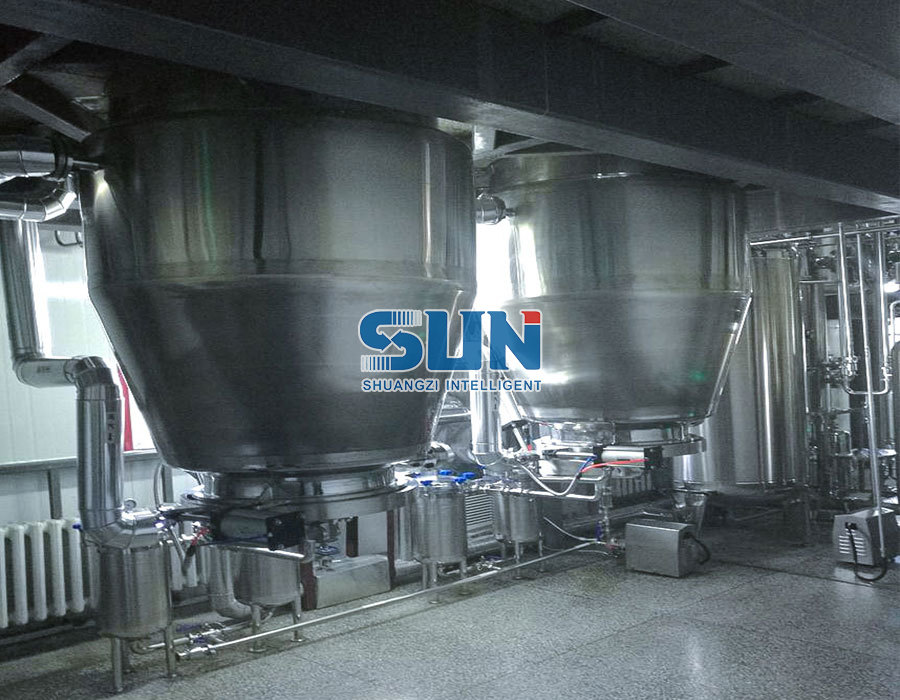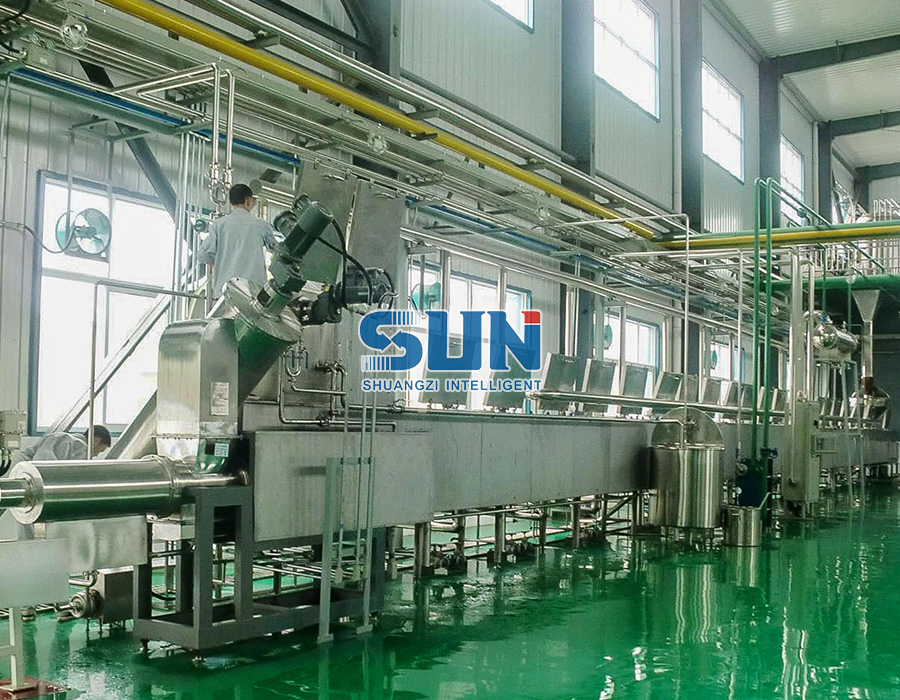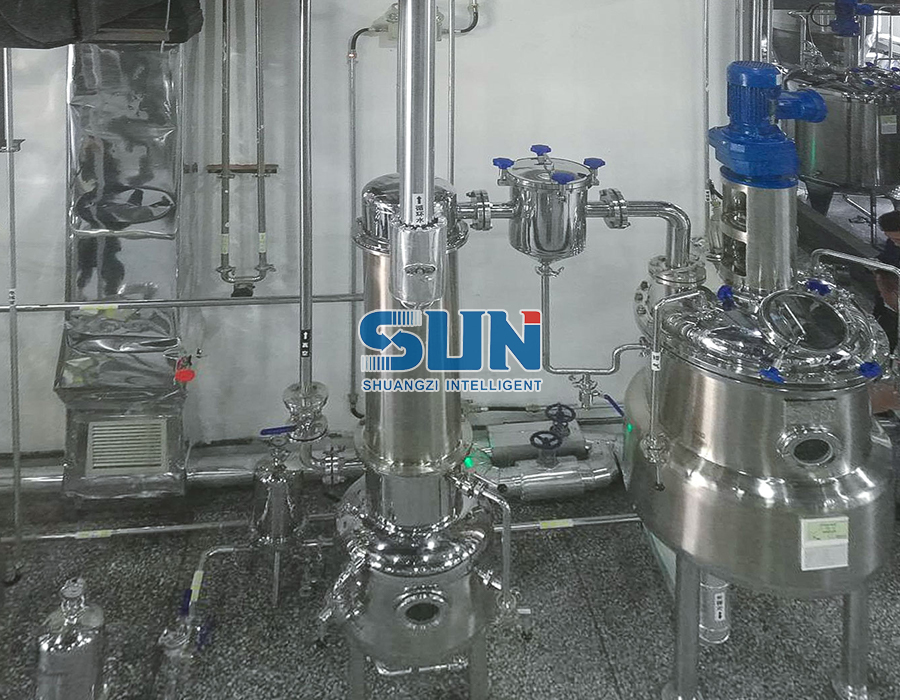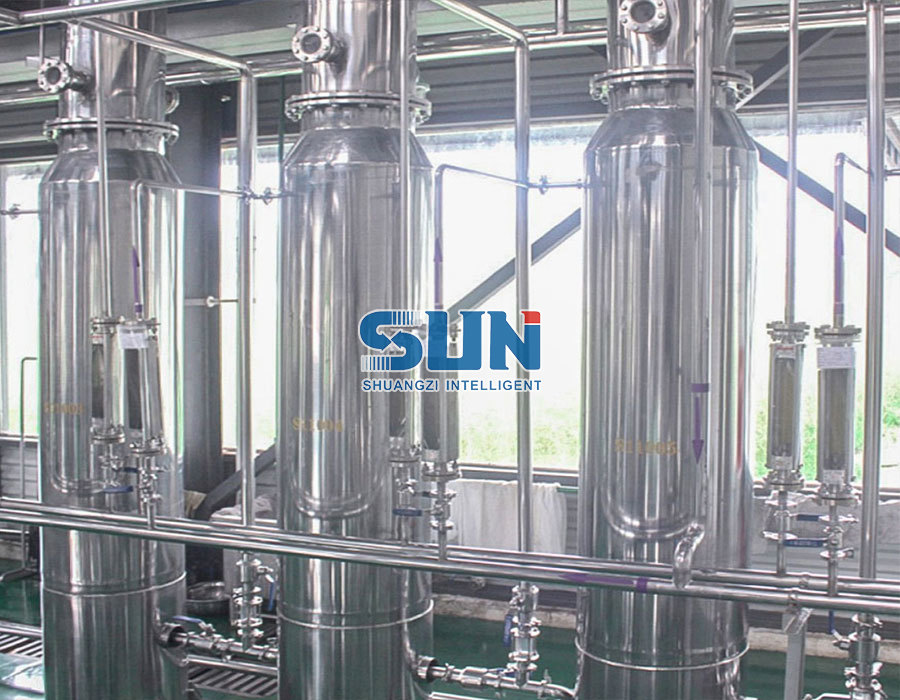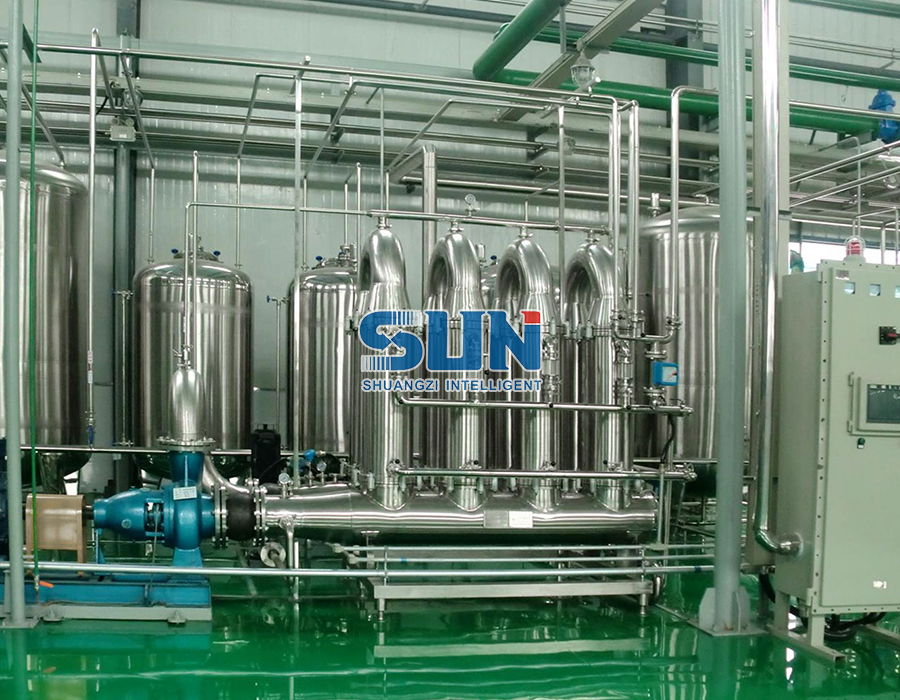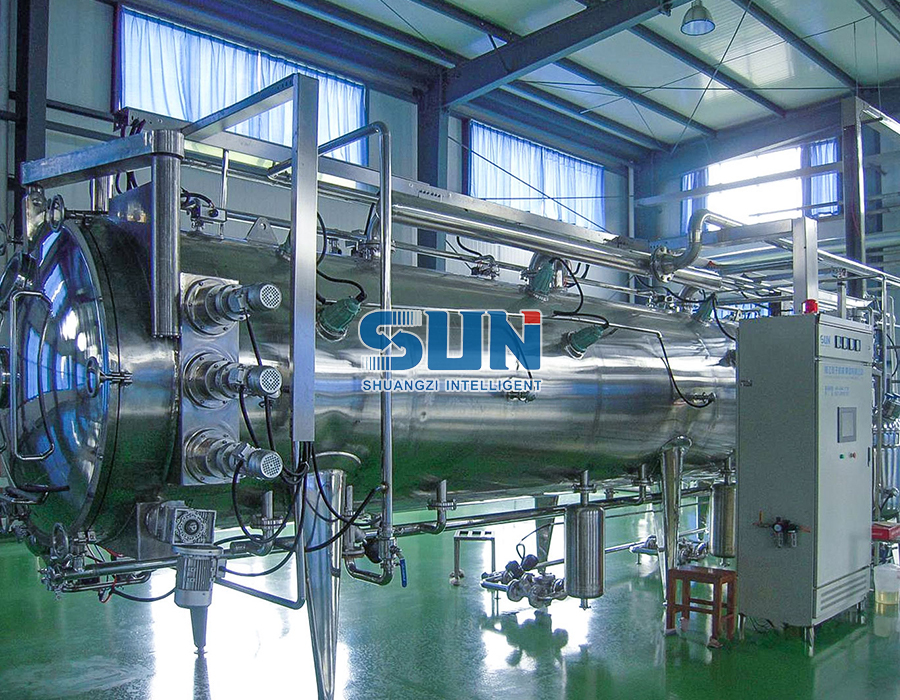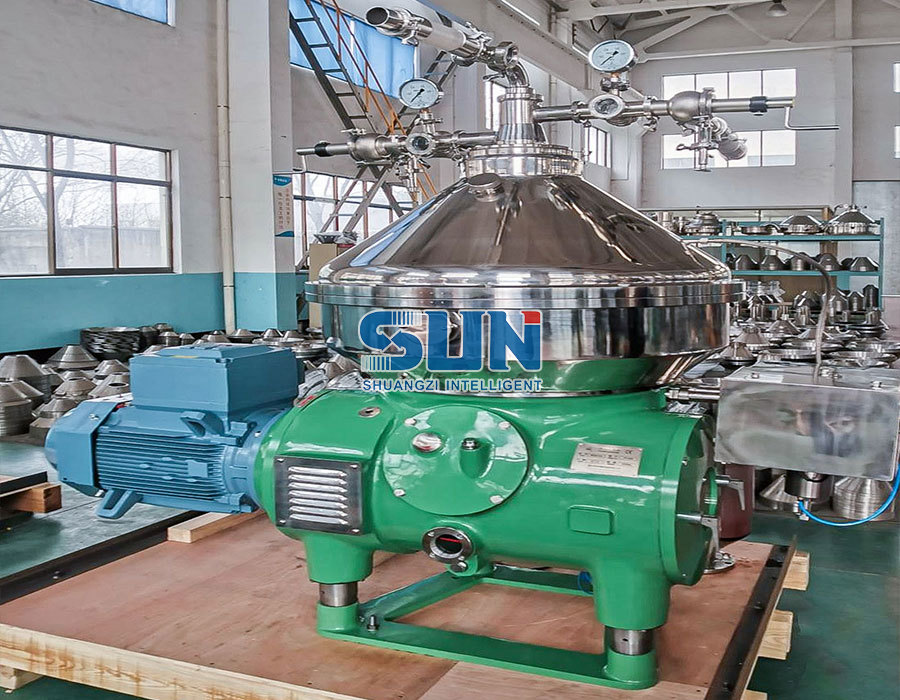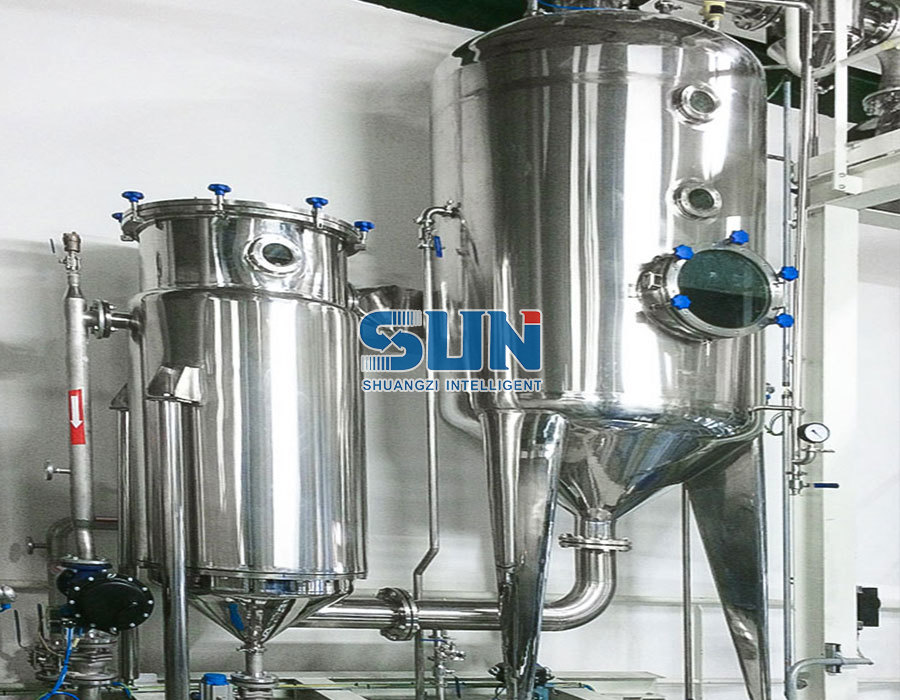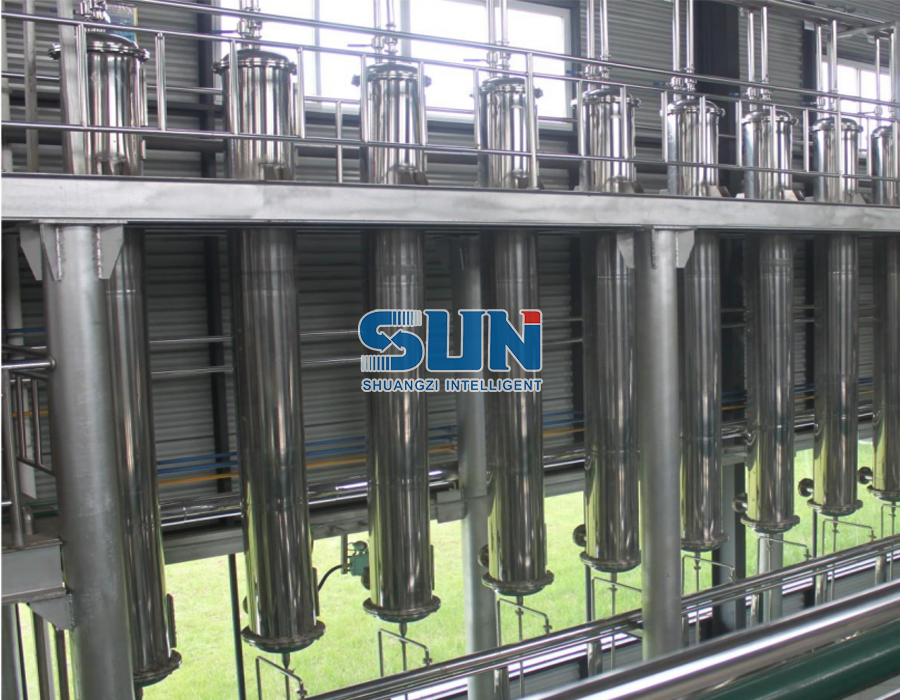A comprehensive technical comparison of industrial drying technologies
Industrial drying is a critical process in numerous manufacturing sectors, from food production to pharmaceuticals and chemicals. Among the various drying technologies available, spray dryers and rotary dryers are two of the most commonly used systems. While both serve the fundamental purpose of moisture removal, they operate on different principles and are suited for different applications.
This article provides a detailed technical comparison between spray drying and rotary drying technologies, examining their operating principles, design characteristics, performance parameters, and optimal use cases. Understanding these differences is essential for selecting the appropriate drying technology for specific industrial requirements.
Fundamental Operating Principles
Spray Dryer Operation
Spray drying is a continuous process that transforms liquid feed into dried powder in a single step. The process begins with atomization, where the liquid feed is dispersed into fine droplets. This is achieved through either rotary atomizers, pressure nozzles, or two-fluid nozzles.
Simplified representation of spray dryer components
Key operational phases:
- Atomization: Liquid is dispersed into fine droplets (typically 10-500 μm diameter)
- Drying: Droplets contact hot gas (150-300°C), causing rapid evaporation
- Residence: Particles dry while suspended in drying chamber (5-30 seconds)
- Separation: Dried particles are separated from exhaust gas using cyclones or bag filters
Rotary Dryer Operation
Rotary dryers operate on a fundamentally different principle. These systems consist of a long, rotating cylinder (drum) inclined slightly to allow material movement. Wet material enters at the higher end and moves toward the lower end as the drum rotates.
Simplified representation of rotary dryer components
Key operational phases:
- Feed Introduction: Wet material enters through feed chute
- Tumbling Action: Material is lifted by flights and cascades through hot gas stream
- Heat Transfer: Direct or indirect contact with heating medium
- Residence: Material remains in dryer for 5-90 minutes depending on requirements
- Discharge: Dried product exits at lower end of the drum
Technical Comparison Table
| Parameter | Spray Dryer | Rotary Dryer |
| Feed Type | Liquids, slurries, solutions | Solids, granules, pastes, filter cakes |
| Particle Size | Fine powders (10-500 μm) | Granules or flakes (0.5-50 mm) |
| Residence Time | 5-30 seconds | 5-90 minutes |
| Drying Temperature | 150-300°C (inlet), 70-100°C (outlet) | 100-800°C depending on material |
| Heat Transfer Mechanism | Convective (gas-to-particle) | Convective and conductive (direct/indirect) |
| Energy Efficiency | 50-70% thermal efficiency | 60-80% thermal efficiency |
| Moisture Removal Rate | Up to 30,000 kg/hr water evaporation | Up to 100,000 kg/hr water evaporation |
| Particle Characteristics | Spherical, hollow particles, low bulk density | Irregular shapes, higher bulk density |
| Thermal Sensitivity | Suitable for heat-sensitive materials | Can handle high temperatures |
| Capital Cost | Higher initial investment | Lower initial investment |
| Operating Cost | Higher energy cost per kg water evaporated | Lower energy cost per kg water evaporated |
| Footprint | Tall structure required (up to 30m height) | Long horizontal layout |
Industrial Applications
Spray Dryer Applications
- Milk powder and dairy products
- Instant coffee and tea powders
- Pharmaceutical powders and excipients
- Detergents and cleaning products
- Ceramic powders
- Enzymes and biochemicals
- Food colorants and flavors
- Egg powder and protein isolates
Rotary Dryer Applications
- Mineral ores and aggregates
- Fertilizers and agricultural products
- Biomass and wood chips
- Sand, silica, and foundry materials
- Municipal sewage sludge
- Chemical crystals and salts
- Animal feed and byproducts
- Coal and petroleum coke
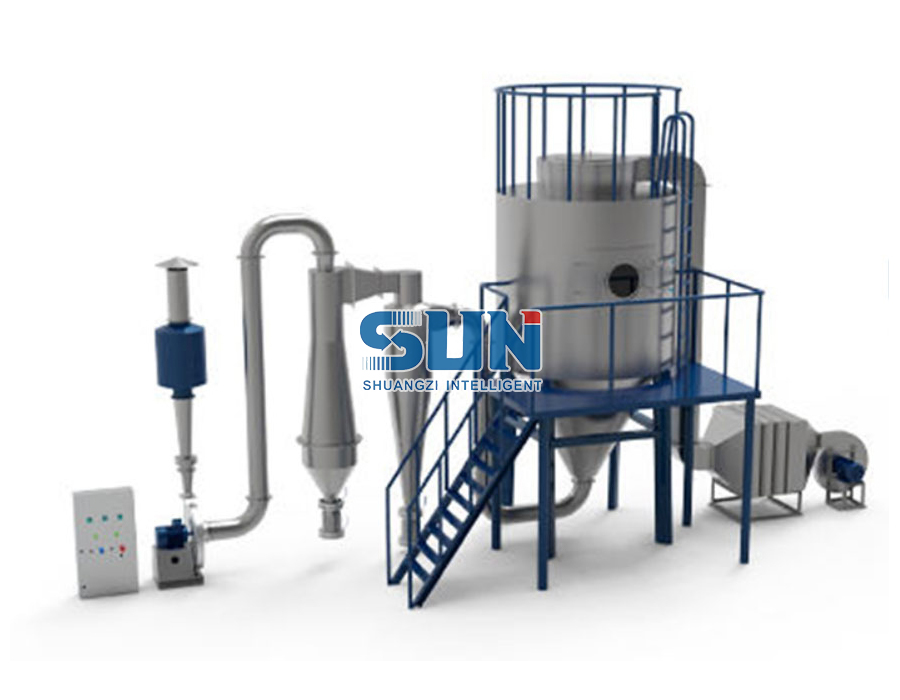
Key Selection Factors
Choosing between spray drying and rotary drying requires careful consideration of multiple factors:
Material Characteristics
Consider feed viscosity, particle size requirements, heat sensitivity, and moisture content. Spray dryers require pumpable feeds while rotary dryers handle solids and pastes.
Product Specifications
Required particle size, bulk density, flow properties, and solubility. Spray drying produces fine, free-flowing powders while rotary drying creates larger granules.
Production Capacity
Spray dryers typically handle 100-30,000 kg/hr evaporation rate. Rotary dryers can scale to 100,000 kg/hr evaporation for bulk materials.
Energy Efficiency
Rotary dryers generally offer better thermal efficiency for bulk solids. Spray drying efficiency depends on atomization method and heat recovery systems.
Capital Investment
Spray drying systems require higher initial investment. Rotary dryers have lower capital costs but may require additional pre-processing equipment.
Operational Flexibility
Spray dryers offer quick start-up/shutdown and formulation changes. Rotary dryers run continuously but with less flexibility for product changes.
Technical Limitations
Spray Dryer Limitations
- High energy consumption per unit of water evaporated
- Difficulty handling highly viscous materials without dilution
- Limited to producing fine powders (not suitable for granules)
- Potential for wall deposition and buildup in drying chamber
- Significant exhaust air treatment required due to fine particles
- High installation costs, particularly for tall structures
- Challenges with materials that have low glass transition temperatures
Rotary Dryer Limitations
- Higher particle attrition and dust generation
- Potential for material buildup on flights and drum walls
- Limited suitability for heat-sensitive materials due to longer exposure
- Mechanical complexity with rotating seals and bearings
- Difficulty handling sticky materials without additives
- Longer start-up and shutdown times
- Limited ability to control final particle morphology
Conclusion
Spray dryers and rotary dryers represent fundamentally different approaches to industrial drying, each with distinct advantages and limitations. Spray drying excels at rapidly converting liquid feeds into fine powders while preserving heat-sensitive components, making it ideal for food, pharmaceutical, and specialty chemical applications. Rotary drying offers robust, high-capacity processing of bulk solids and sludges with better thermal efficiency for minerals, fertilizers, and biomass.
The selection between these technologies depends on multiple factors including material characteristics, desired product specifications, production capacity requirements, and economic considerations. For liquid feeds requiring fine powders with specific functional properties, spray drying is typically preferred. For granular solids requiring high-volume moisture removal, rotary drying offers a more efficient solution.
In some industrial processes, both technologies may be employed in sequence - using spray drying to create powder intermediates which are then agglomerated and dried further in rotary systems. Understanding these fundamental differences enables engineers to select optimal drying solutions for specific industrial requirements.


 英语
英语 俄语
俄语